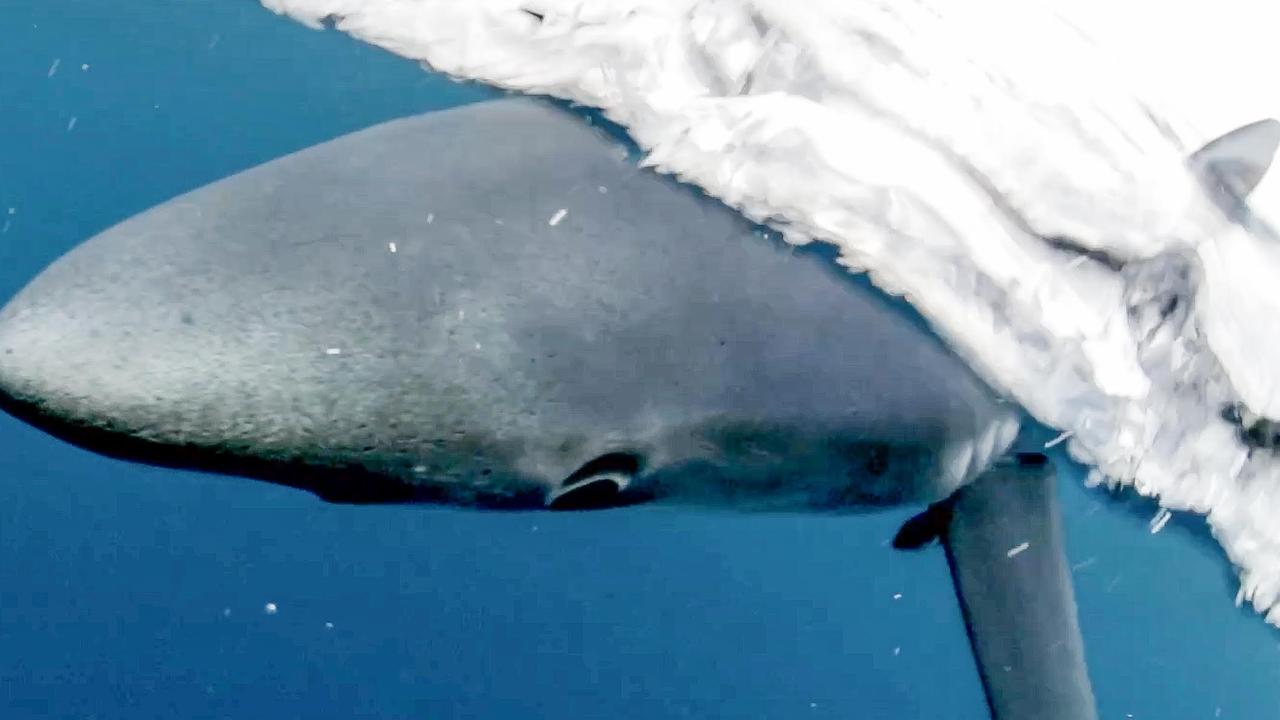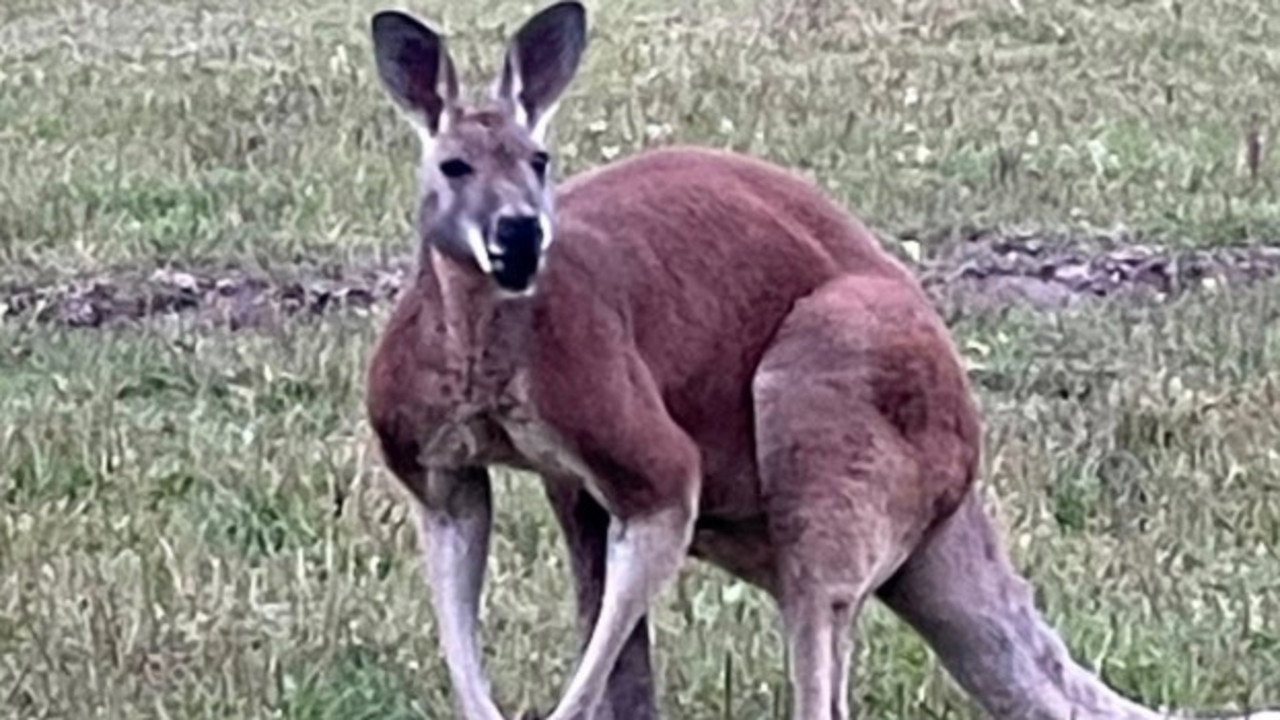Aussie city hit by major fish kill due to a “relatively unusual” algae bloom
The “relatively unusual” toxic mass has spread since March, reaching an estimated 4500 square kilometres.

Animals
Don't miss out on the headlines from Animals. Followed categories will be added to My News.
Great white sharks, octopuses and stingrays are washing up dead en masse on the coastline of South Australia as a “relatively unusual” algae bloom continues to wreak havoc on marine life near Adelaide.
The bloom of Karenia mikimotoi algae began in March after a marine heatwave and has since grown to about 4500 square kilometres – which is about the size of nearby Kangaroo Island.
UTS Marine Biologist Shauna Murray said the algae is unique as it is known to cause toxins that suffocates the gills of marine life.
“This species is a relatively unusual in terms of the fishing killing impact, it’s more in your face. It’s very much a fish killing bloom,” Professor Murray said.
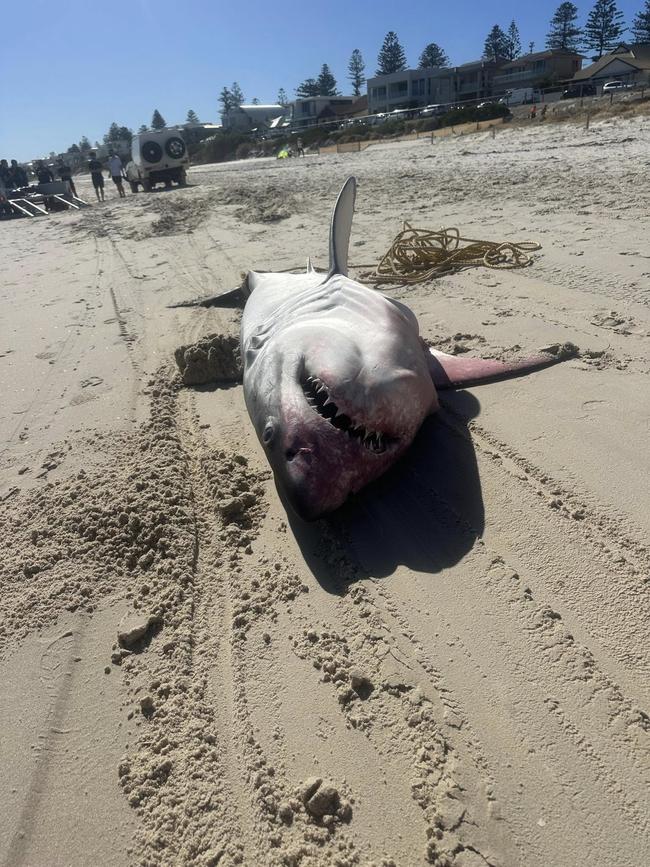
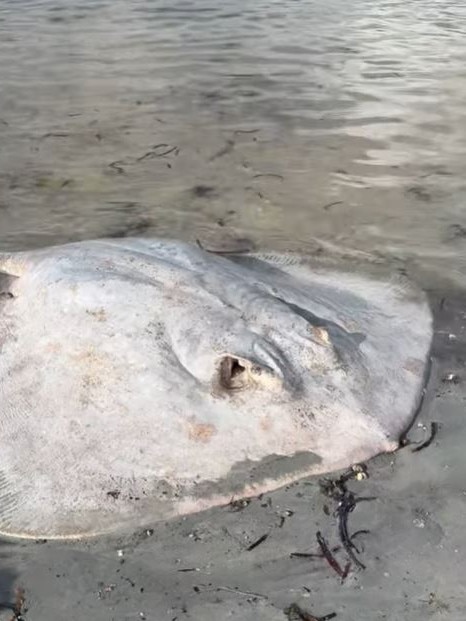
The event has seen many South Australians take to social media is shock of what they are seeing, with dead sharks, rays and fish continuing to wash up on the coastline.
Science data group iNaturalist has been collecting photographic reports of the dead marine life, with 2050 observations across 240 species since the beginning of March near Adelaide.
Marine life first began washing up on Waitpinga and Parsons Beach on the Fleurieu Peninsula, however, Kangaroo Island, Yorke Peninsula, and beaches in Adelaide’s south are now also reporting dead sea animals.
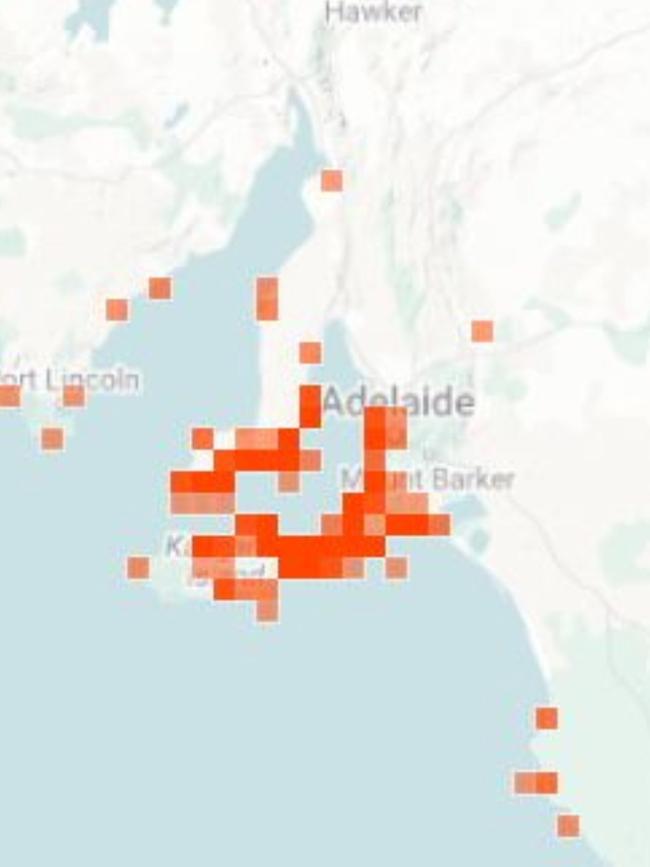
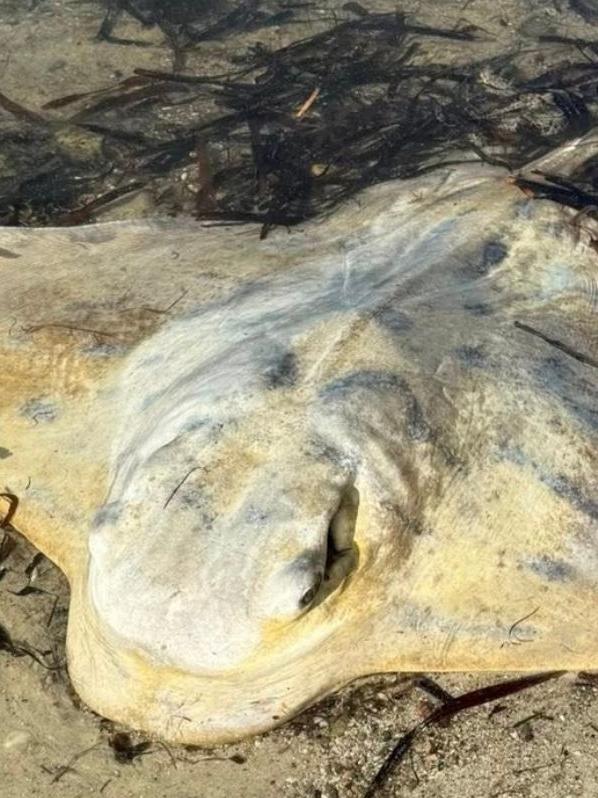
Professor Murray said she fears the kill will only get worse before it gets better.
When a bloom of this size eventually breaks down, bacteria can grow in the water column which can suck up the oxygen, causing deaths to bottom dwellers and crustaceans.
“Weather conditions are really important as they determine how quickly a bloom eventually breaks,” she said.
“It can be like a second wave. It probably will take some for the population to recover.”
Earlier this week, the South Australian government released an update on the situation saying it would be “difficult to predict” when the bloom will eventually breakdown.
“This is a dynamic situation as the bloom travels depending on weather and water conditions and the impact on people in these areas can therefore be unpredictable,” the state government said in a statement.
“Government agencies are working together to monitor the situation, conduct sample tests at various locations, and to ensure the community has access to the environmental, primary production and health information they need to safely enjoy the coast.”
The last time a large event of this type of algae was recorded in South Australia was in 2014 in Coffin Bay.
More Coverage
Originally published as Aussie city hit by major fish kill due to a “relatively unusual” algae bloom




